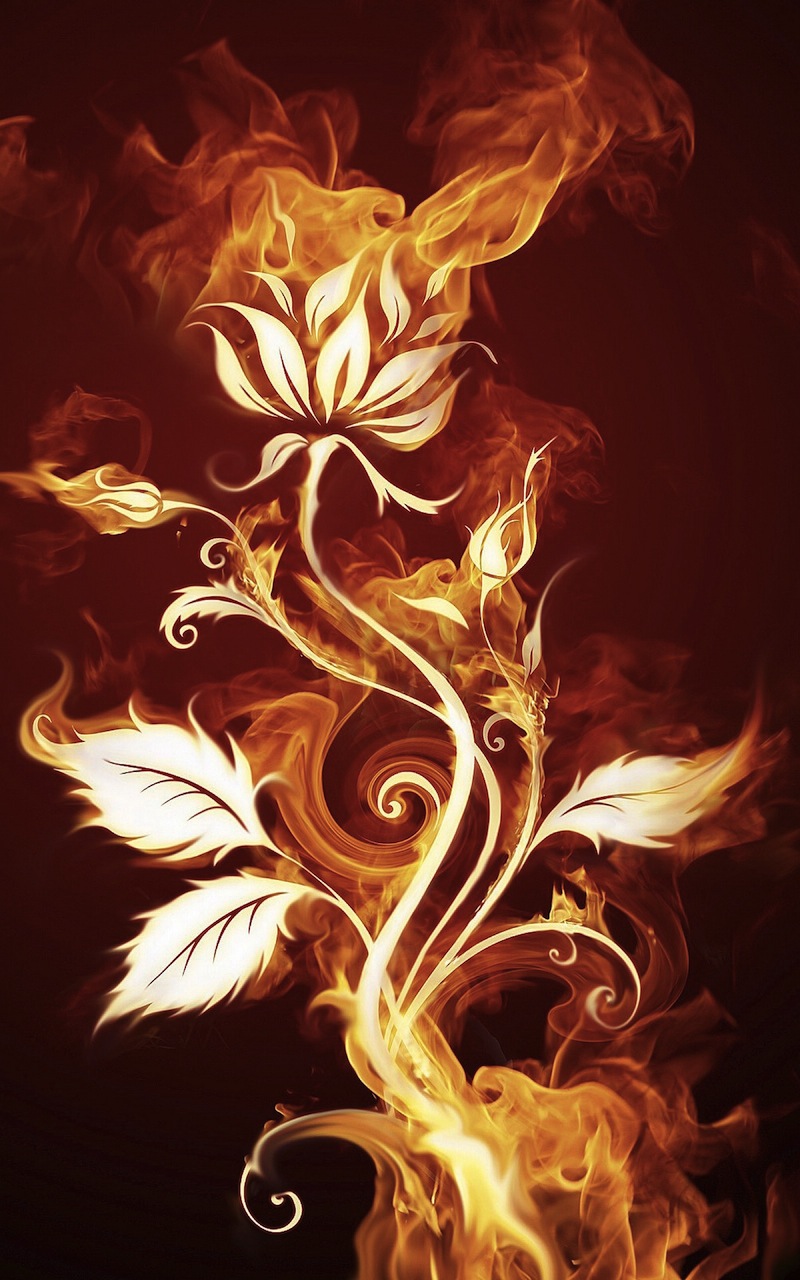Beauty and Saving the World
Jean Hoefling
 Beauty will save the world. - Fyodor Dostoyevsky
Beauty will save the world. - Fyodor Dostoyevsky
In the Orthodox Church, from Easter to the Ascension, an ethereal hymn is sung while the faithful partake of Eucharist. The brief lyrics implore all who will, to receive the Body of Christ, drink of the Fountain of Immortality. Assuming this transformation of bread and wine into God-flesh and fluid to be mystically true, one can only wonder why an earthquake doesn’t rupture the flooring or angels crack the rafters wide as we small and salvaged ones string forward like ducks to water to ingest Life itself. I’m reduced to a whisper as I sing, as the beauty, the “high art” of this hymn enmeshed with Eucharist, incrementally saves me.
My composer friend Don Newby explains that technically, the musical setting of this hymn feels the way it does on the human psyche partly because its composer has introduced suspensions—non-chord tones—into the line of music at strategic places to create tension, which is then each time given over to release. To the emotions and unconscious mind, these suspensions and subsequent releases feel familiar, mirroring human experience with its constant tensions and releases, dejection and joy, wretchedness and nobility. The music reflects life’s troubled splendor.
Yet I wonder, is my perception of the hymn’s beauty subjective, or is there something inherent in this piece, as in any work considered high art, that appeals to a common human urgency, consciously recognized or not, which is longing for unity with God. Given exposure to the “Body of Christ” hymn, would an un-churched teenager immersed from infancy in rap music find his throat constricted too, because the need within him for salvific beauty is the same as mine, who was weaned on Bach and sacrament?
Art theorists suggest that true art must ask the Big Questions, and sometimes seek to answer them. “Art should start a fire,” says artist Wes Hurd. If, as human beings, the thing most needed is inner brokenness made whole, sobriety of spirit wrought from turmoil, shouldn’t that be enough to ignite that fire?